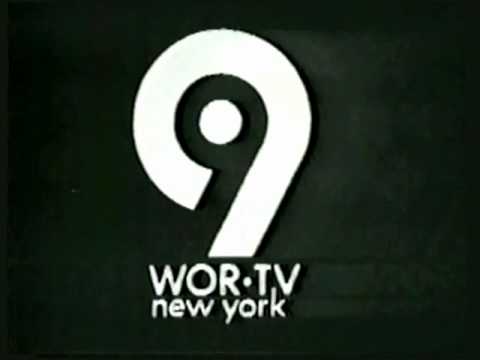
For almost a decade it was my family’s Saturday ritual – dinner at five p.m. and at six, the world stopped. We took the phone off the hook and turned the TV to channel nine – WOR-TV in New York (the station would later move to Secaucus, NJ). Back in those days televisions were furniture – bulky low definition monstrosities encased within wooden speaker cabinets. No cable, just wiry antennae which meant we were completely screwed if there was a thunderstorm. WOR-TV aired more sports than any other channel in the country – over one thousand hours per year. We didn’t care about that nor did we care about the Yankees, Mets, Islanders, Rangers, or Knicks. We watched for one thing and one thing only – the weekly horse racing show that was sponsored by the New York Racing Association and the OTB. The show’s title changed depending on the time of year. In the winter, it was “Racing From Aqueduct”. In the spring and fall, it was Belmont. And in August, it was glorious Saratoga. Over the course of its thirty minute airtime, the “Racing From” show featured interviews with jockeys and trainers, answered mail-in questions, and aired that day’s feature and the final race on the card. It was the closest thing we had back then to TVG – and it was free.
During the seventies and eighties, Frank Wright was the tried and true anchorman of the “Racing From” show. Frank was a well-respected trainer whose majority of wins had come at New York tracks and included the Whitney, Grey Lag, Sanford, and Excelsior Stakes. His insider’s knowledge of horse racing and ability to speak Spanish led CBS to hire him as broadcaster in 1971 after the Venezuelan champion Cannonero II won the Kentucky Derby. On-air, Frank’s delivery was straight-forward but with an easygoing charm – he was everyone’s favorite uncle who gave all the kids twenty bucks at Christmas.
In 1975 Frank Tours of the NYRA asked Charlsie Cantey to join the lineup, making her the first woman horse racing broadcaster. Charlsie was used to breaking glass ceilings – first as an exercise rider and later as a trainer. She’d galloped champions such as Icecapade, Revidere, Cox’s Ridge, Temperence Hill and the legendary Ruffian. Her experience in the saddle provided invaluable insight into everything from riding tactics to the importance of having horses switch leads. In 1977 Charlsie joined the ranks of the CBS sports crew where she created the role of “horseback interviewer”, a position that is prominently featured in most major horse racing broadcasts of today.
Every Saturday the NYRA track announcer had to pull double-duty by also appearing on the “Racing From” show. Dave (And down the stretch they come!) Johnson held that position until 1977 when he was hired by ABC sports. Chic Anderson, memorable for his spine-tingling call of Secretariat’s Belmont (“He is moving like a tremendous machine!”) then took over until his passing in 1979. He was succeeded by his back-up caller, Marshall Cassidy who remained with “Racing From” show until its finale.
Frank, Charlsie, Dave, Chic and Marshall may have been the faces of the “Racing From” show but its stars were always the horses. And from 1973 to 1978, they had one of the biggest stars to ever grace the New York racing circuit – Forego. This mighty gelding and three-time Horse of the Year shouldered crushing weights while whipping the latest batch of youngsters at distances from seven furlongs to two miles. Other local heroes such as Ring of Light, Pumpkin Moonshine, King’s Swan and Win kept us riveted to our TV’s week after week. The “Racing From” program also showcased the NYRA Filly Triple Crown that was criminally overlooked by the major networks. During its seventies and eighties run, the show celebrated the Triple Crown sweep of not one but four fantastic fillies – Chris Evert, Ruffian, Davona Dale, and Mom’s Command.
Of course, it was too good to last. In 1980 the then fledgling cable network ESPN introduced a weekly horse racing show called “Down the Stretch”. Hosted by Sharon Smith, the program featured top races from all over the country, not just in New York. The “Racing From” show’s ratings were already in decline and despite all the Schaefer beer commercials and OTB funding, it was no longer profitable. The NYRA had no choice but to the plug. Nowadays streaming services and cable TV channels offer fans numerous options for watching races, but oh, what I would give to have my family gather together one more time in front of that crappy TV, cheering on our horses as they thundered towards the wire.



